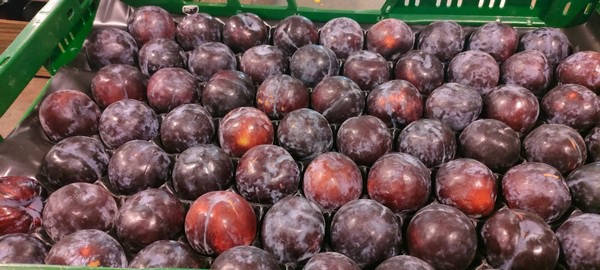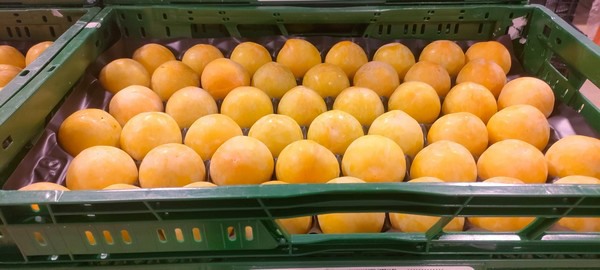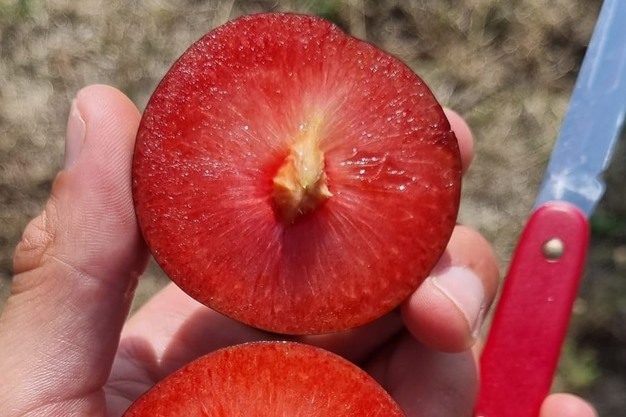The plum harvest has already started in the Spanish province of Badajoz, in the region of Extremadura, where the production is expected to fall by over 30% compared to last year and by between 50% and 60% compared to 2022, when yields had been normal. The limited fruit setting and the acreage being reduced to make room for other more profitable crops in recent years has led to a significant decrease in plum volumes this campaign.

"We are already starting the harvest of early varieties such as the Early Queen, a black plum with yellow flesh whose production will drop by around 60% this year, and next week we will start picking the Black Splendor, whose volume will decrease by approximately 40%," says Maximiliano González, from the sales department of Frutas Nene, located in the municipality of Valdecalzada, Badajoz.
The biggest drop in the production will undoubtedly affect the yellow plum varieties, especially the Golden Globe, which will see its volume drop by 90% compared to the 2023 campaign. "It is a significant volume loss, considering that yellow plums account for about 20% of our production; that is, around half a million kilos of Golden Globe," says Maximiliano.

A decrease in the plum harvest is also expected in other producing areas in Spain, as well as in France, so it will definitely be a year of low plum supply in Europe. "With such a decrease in the plum harvest, we expect prices to remain high and with little fluctuation, since in July there is usually more supply and prices drop," says the Frutas Nene sales representative.
"The acreage devoted to plum cultivation in Extremadura has been significantly reduced due to rising production costs, the scarcity of labor and a lack of generational replacement. That is why, at the same time, the acreage intended for olive and industrial tomato production has increased. There has been quite a regulation of the supply and demand in the plum market," says Maximiliano González. "However, we continue to grow slightly every year."
Frutas Nene produces between 3.5 and 4 million kilos of fruit and 90% of that total corresponds to plums, which are distributed in various countries in Europe, including the domestic market, as well as in Canada.
 For more information:
For more information:
Maximiliano González
Frutas Nene
Ctra. de Guadiana, s/n Km. 0,5
06185 Valdelacalzada. Badajoz. Spain
T: +34 924 44 61 93
M: +34 630 35 08 26
[email protected]
www.frutasnene.com
